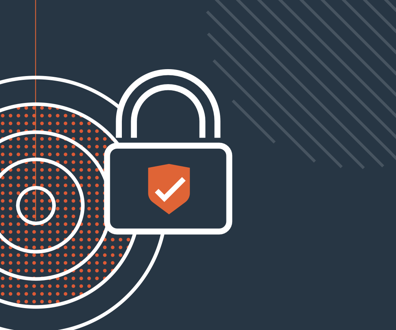DOD to set information-sharing strategy
The Defense Department has been focusing on making data accessible from anywhere, at any time, but now it is figuring out the best ways to share that information.
The Defense Department has been focusing on making data accessible from anywhere at any time, but now it is figuring out the best ways to share that information.DOD Chief Information Officer John Grimes is close to issuing an information-sharing strategy, and his office is developing an information-sharing implementation plan to help change the culture of how data is analyzed and shared.Dave Wennergren, DOD deputy CIO, said today the strategy is awaiting Grimes’ signature and the implementation plan is three to four months away from being ready.“The plan will help the services design their mission around anticipated users first, but also plan for unanticipated users of the data,” Wennergren said at a lunch sponsored by the Industry Advisory Council in Arlington, Va. “We have to be successful with both security and information sharing and raise the bar of both.”The plan will try to help the services answer a few important questions: Who needs the information? What information do they need and when do they need it?These questions are important because there are three typical problems with data that needs to be addressed, Wennergren said:Wennergren added that DOD is addressing these problems in different ways, including two documents it released on Net-Centric Data Strategy and Global Information Grid architecture.Paul Wolfowitz, former deputy secretary of Defense, issued a directive Dec. 2, 2004, establishing policies and responsibilities for DOD to implement data sharing to enable network-centric warfare. Grimes issued the implementation plan for data sharing in a net-centric environment in April 2006.But these new guidance will help with interagency policies and procedures, Wennergren said.Wennergren added that DOD’s success in information sharing depends on a number of areas such as:“Data management is hard work,” Wennergren said. “It works only if everyone is in the game. It will let you move with speed to make dramatic changes.”Wennergren pointed to the ongoing development of communities of interest within DOD and throughout agencies on issues such as maritime domain awareness; Blue Force Tracking systems, which lets users see troop locations on monitors; and improvised explosive devices as ways data sharing is progressing.
Guidance for Implementing Net-Centric Data Sharing [.pdf]
- Users can’t find the data.
- If they can find it, they can’t access it.
- If they access it, they can’t understand it.
- Strong identity management with the Common Access Card.
- Determining roles and responsibility attributes that let users see only the data they are permitted to see.
- Tagging of data using Extensible Markup Language, so that it is available to anyone who needs it and has access to it.
NEXT STORY: Senators grill DHS on Real ID costs





